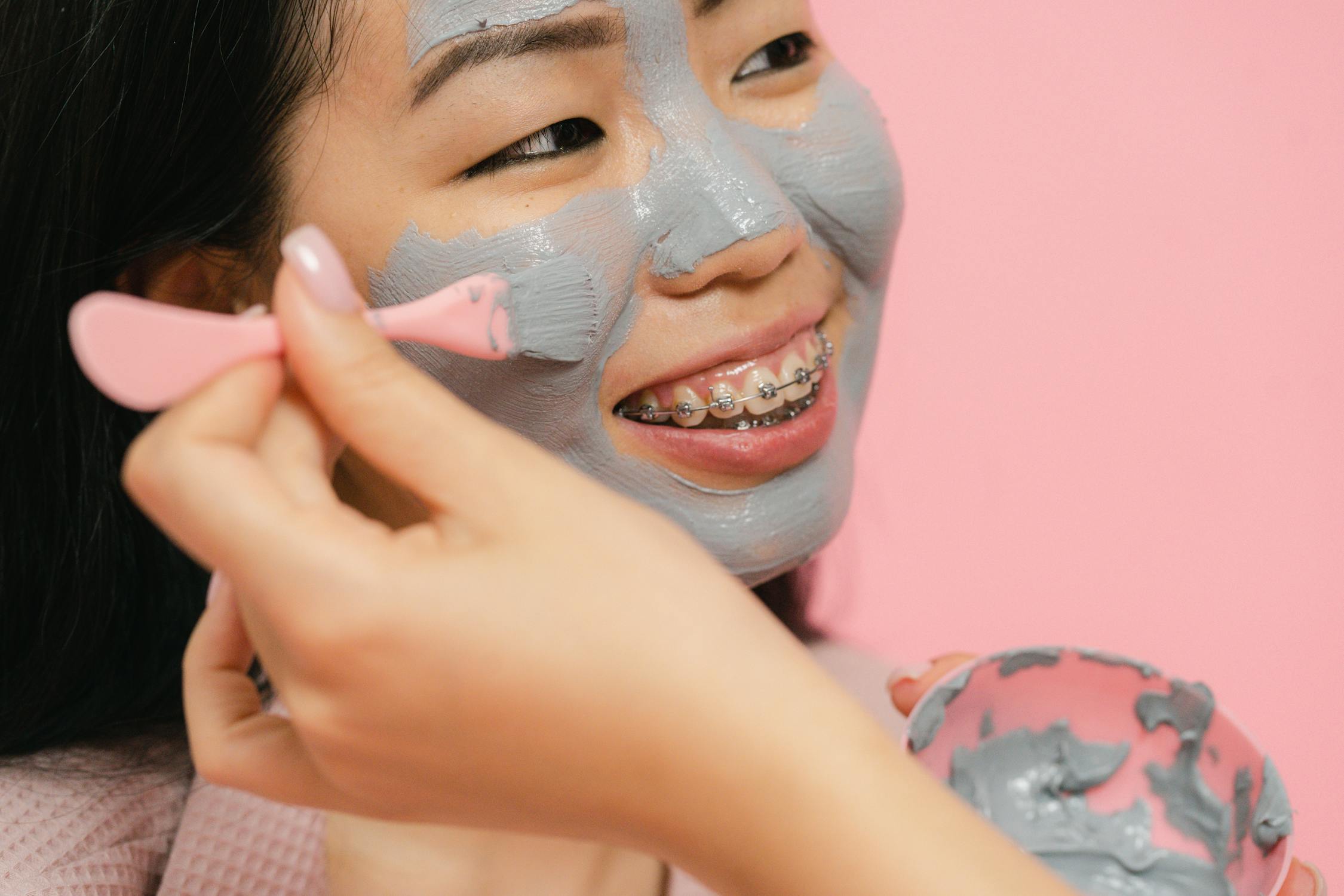After the age of 30, muscle mass continues to decrease by 3-8% per decade. The rate of this decline increases even more after you touch 60. These figures are an estimate to show how your health and strength decline as you age. But with the right health choices, you can take control of this rate and live a high-quality life even after retirement.
If you’re in your 50s, you’re in luck because today we’ll be discussing six tips that can help you stay fit and healthy as you age.
Tips to Stay Fit After 50
They say that 50 is the new 30. That doesn’t mean that you have the body and strength of a 30-year-old when you’ve turned 50. It means that lifestyle choices, diet, and overall satisfaction with one’s appearance can make them feel younger than they are.
Here are some tips that will help you to stay fit and feel healthy and young after you turn 50:
- Get a Medical Screening
Many people between the ages of 45 and 64 have multiple chronic conditions. Because many chronic conditions don’t show visible signs, it becomes essential to get medical screenings as you cross the 50 mark.
Suppose you’ve served in the army or have been exposed to asbestos at home or in your workplace. In that case, you should get regular checkups done to rule out or detect conditions like Mesothelioma or other asbestos-related diseases early on.
After detection, it’s important to legally protect yourself. Legal professionals specializing in asbestos-related cases, like www.simmonsfirm.com, can guide you through the complexities of filing a lawsuit, helping protect your rights and seek compensation for medical expenses and damages. Balancing health and legal assistance becomes key in this situation.
- Don’t Ignore Pain
Pain is our body’s way of communicating that something is wrong. Although many of us take headaches and body aches lightly when we’re in our 30s, you can’t do the same in your 50s.
The body’s signs of fatigue could be an indicator of an underlying issue such as a chronic illness. For instance, consistent knee or joint pain could indicate inflammation. If you don’t take it seriously, this inflammation could turn into something more troublesome.
Also, as you age, you’re likely to develop eye conditions, including presbyopia. If you notice blurry vision or experience headaches frequently when you’re reading fine print, consult your optometrist for an assessment and get glasses that can help you with this issue.
- Include Strength Training in Your Routine
On average, people lose 30% of their muscle mass between the ages of 50-70. However, this average also includes the muscle loss of 79% of people who don’t exercise.
That means that with a healthy exercise regimen and strength training, you can keep your muscles fit and healthy even as you age. Although losing muscle is a natural process, your efforts towards keeping your muscles healthy and strong after 50 will definitely pay you back in terms of quality of life.
- Take Care of Your Diet
Apart from exercise, diet also plays a crucial role in your health as you age. If you had your share of greasy fast food in your younger days, it’s now time to cut down on all of it for the sake of your health.
For instance, sugary items and drinks can make you feel lazy and even impact your metabolism. Plus, if you have a family history of diabetes or cancer, sugar and starch are the first things you should reduce in your diet since they feed cancer cells and make you insulin-resistant.
As for good sources of nutrition, it’s better to opt for protein-rich foods and salads that supplement your exercise routine. Also, keep hydrated to make sure that your muscles aren’t fatigued from a loss of water.
These healthy alterations in your diet will keep your body in check after you cross 50.
- Active Lifestyle
Although exercising and strength training in the gym can do wonders for your health, there might be days when you don’t have the energy to do it.
In that case, our tip for you is to incorporate rest days in between your workout routine. But a rest day doesn’t mean lying around in bed. Small, low-impact active habits in your lifestyle, like walking, yoga, and cycling, can help keep you active and in routine.
But these activities should not only be kept for rest days. You can incorporate yoga into your daily morning routine as well. A surprising fact will help you understand the impact that yoga will have on your life:
More than 82% of people with chronic inflammation experienced a 50% reduction in inflammation after just 6 weeks of regular yoga.
Here’s another one for you:
10,000 steps per day or 30 minutes of walking can greatly reduce your risk of developing type 2 diabetes.
These stats show that low-impact habits like yoga and walking are as important as exercise and strength training to maintain your metabolism levels, sustain muscle strength, and keep your energy levels high.
- Adequate sleep
As you age, you might find it harder to sleep. You might also wake up multiple times during the night. While this is natural, you must make sure that you sleep for at least 7 hours a day to let your muscles recover from the exercise. Proper sleep also assures that you feel refreshed the next day, productive at work, and ready to follow the exercise routine needed to maintain your health.
It would help if you fixed a bedtime routine to help you fall asleep at your desired time so you can get the necessary 7 hours of sleep. Here are some tips to help you:
- Stop screen time at least 2 hours before bed.
- Dim down the lights.
- Turn down the thermostat.
- Limit liquid intake after 6 p.m. so you don’t have to get up and go to the bathroom during nighttime.
- Do yoga activities like deep breathing before bed.
Final Words
Time doesn’t wait for anyone, so unless you’re making smart choices for your health, you’re going to start feeling it slip away from you. So, if you want to prove that “50 is the new 30”, you’re going to have to start incorporating healthy activities in your life. That means eating well, staying physically active, and remaining vigilant about your body and what it’s trying to tell you.










